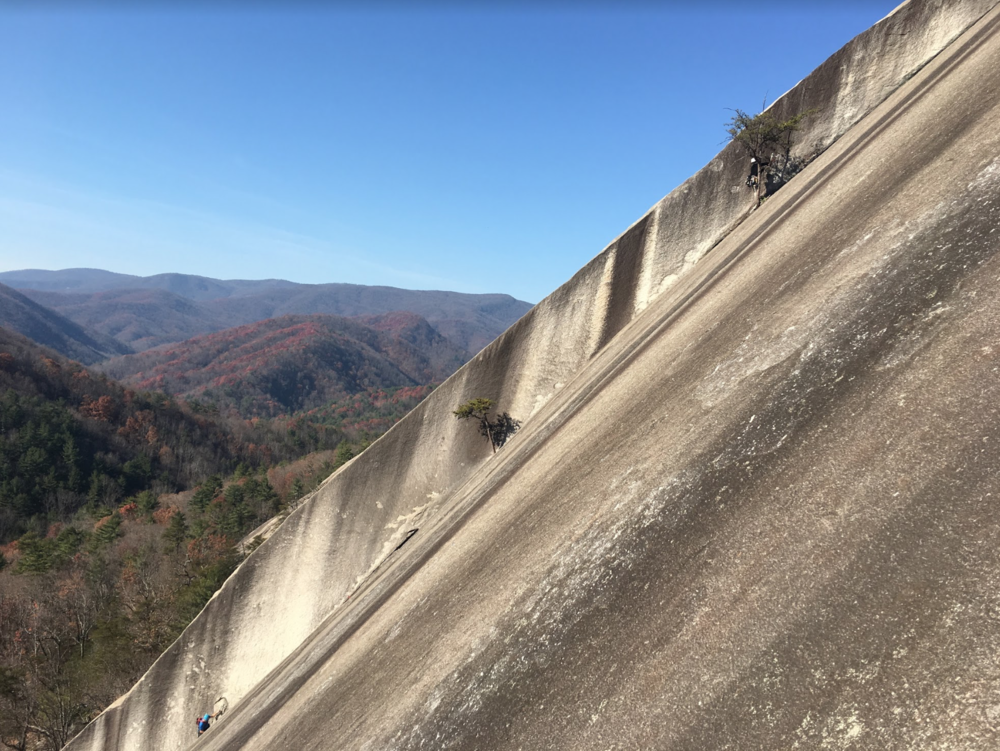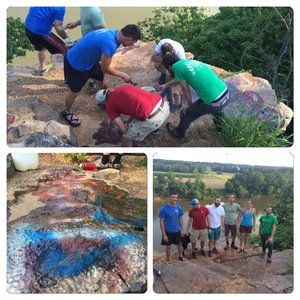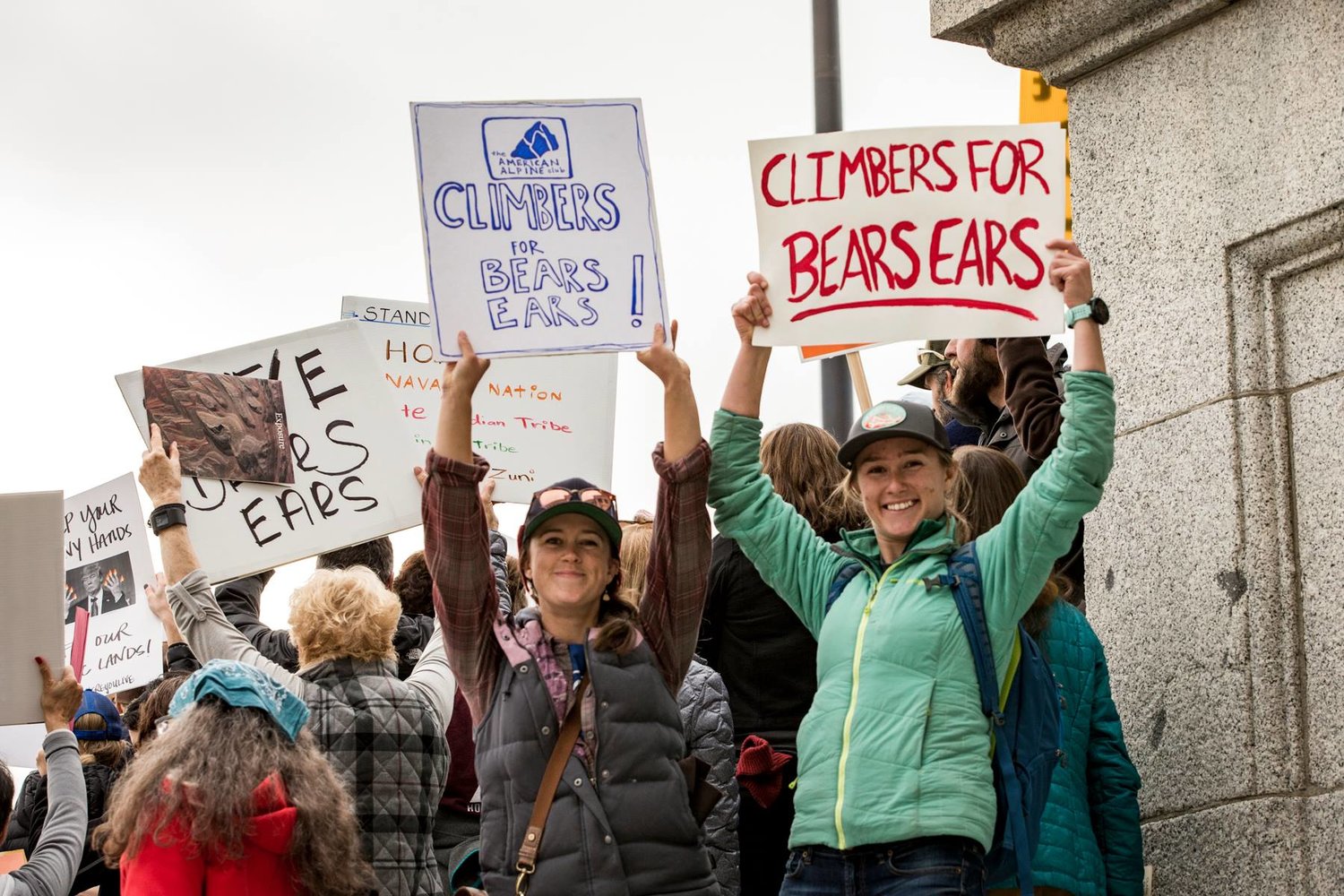March 23, 2018, Golden, CO—The American Alpine Club (AAC) is proud to announce the recipients of the 2018 Research Grants, powered by the Alliance for Sustainable Energy (NREL) and supported by Icebreaker, Kavu, the Henry Gholz Memorial Fund, and the following endowments: Lara-Karena Bitenieks Kellogg Memorial Fund, Scott Fischer Memorial Fund, Arthur K. Gilkey Memorial Fund and the Bedayn Research Fund.
The AAC Research Grants program supports scientific endeavors in mountain environments around the world. Congratulations to the 2018 Research Grant recipients:
Zeke Baker - $1,500
Bridging climbing access and impacts in a multi-use landscape: A historical political ecology of climbing in Indian Creek, Utah
Zeke Baker is a PhD candidate in Sociology at the University of California, Davis. He is investigating how various groups - rock climbers, ranchers, Native Americans, landowners, government officials, and scientists - have impacted the landscape of the Indian Creek region of Utah, and how they evaluate and make meaningful their respective impacts.
Marie Faust - $1,225
Reproductive consequences of climate change-driven alterations in co-flowering between two subalpine plant species
Marie Faust is a master’s student in Plant Biology and Conservation at Northwestern University. She is examining how climate-driven shifts in co-flowering can affect competition for pollinator services and reproductive success in a subalpine plant species at the Rocky Mountain Biological Laboratory in Gothic, Colorado.
Jessica Gilbert - $1,500
Assessing the impact of anthropogenic activities on high altitude biodiversity in Huascaran National Park, Peru
Jessica Gilbert is a PhD candidate in Wildlife and Fisheries Science at Texas A&M University. Her study aims to assess the impact of human activities on high altitude biodiversity in Andean ecosystems in Huascaran National Park, Peru, comparing the spatial use of habitat by mammalian carnivores in “pristine” environments and areas affected by livestock grazing our tourism activities.
Ethan Guzek - $1,020
Proposed Rockfall and Slope Stability Hazard Assessment, Frenchman Coulee Climbing Area
Ethan Guzek is a master’s student in Engineering Geology at the University of Washington. He is using standard engineering geological methods for studying rock-slope stability and rock fall hazards to conduct a safety assessment for the Sunshine Wall at the Frenchman Coulee climbing area in Washington.
Andrew Hoffman - $1,500
Deriving elevation change, validating GPRI-derived glacier velocities, and using citizen science to enrich public awareness of regional climate change on Mt. Baker, WA
Andrew Hoffman is a PhD candidate in Earth and Space Sciences at the University of Washington. He is investigating glacier speed and retreat on Mt. Baker, Washington using photogrammetry-kinematic GPS surveys, a process that incorporates citizen science efforts.
Rachel Kreb - $1,225
Ecological Restoration: Cushion Plant Facilitation on Alpine Trails
Rachel Kreb is a master’s student in Environmental Biology at Regis University. She is investigating how cushion plants respond to human-caused disturbance along restored and existing trails on Mt. Yale in Colorado.
Marti March Salas - $1,220
The effect of rock climbing on Mediterranean cliff vegetation: Implementation of an innovative and comprehensive methodology in a wide geographical range
Marti March Salas is a PhD student in Biodiversity and Evolutionary Biology at the National Museum of Natural Sciences in Madrid, Spain. He is investigating the impacts of rock climbing on cliffside plant communities in Mediterranean environments by conducting surveys of species richness, plant composition, and vegetation cover in climbing locations in the US, Chile, Spain, and France.
Amy Sturgill - $1,500
Pine Creek Recreation Interaction Study: The Role of Outdoor Recreation in Shaping Sierra Nevada Bighorn Sheep Habitat Selection
Amy Sturgill is a biologist with the Sierra Nevada Bighorn Sheep Foundation and the California Department of Fish and Wildlife. She is investigating the impacts of recreational use in Pine Creek Canyon, Sierra Nevada, California, on Sierra bighorn sheep habitat selection.
Thank you to our partners and Research Grant Committee members: Danika Gilbert, Louis Reichardt, Matt Hepp, Micah Jessup, and Emily Fenwick.
Part of the AAC’s mission is to respect and support the areas we enjoy, and one of the most important ways to do that is by funding research to better understand such environments. Learn more about the Research Grant: https://americanalpineclub.org/research-grants.




















